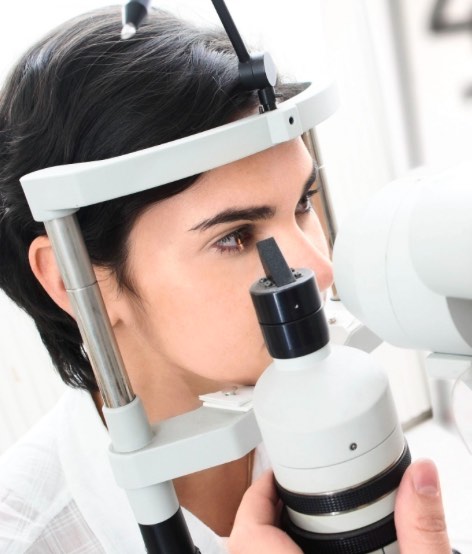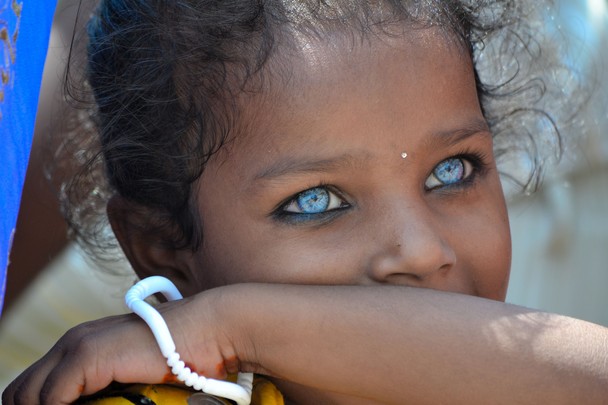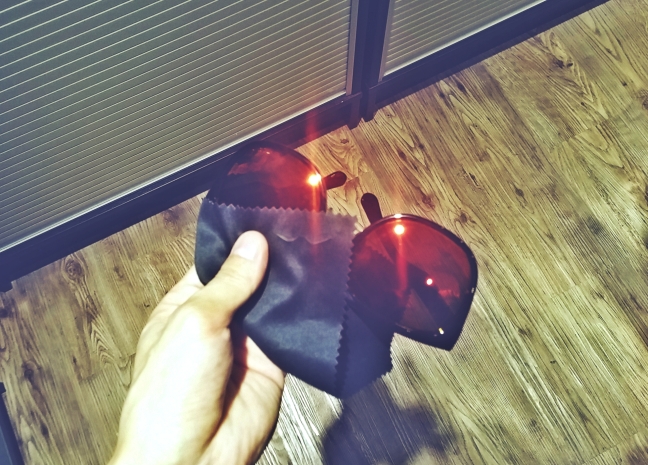The sun is shining and all signs point to spring – finally – being on its way. However, this time of year also comes with challenges. Skies clear of the haze or pollen of summer make for brighter-seeming days. Snow on the ground reflects sunlight, increasing glare. Likewise, rising temperatures cause snow to melt, making roads wet and reflective as well.

To combat these, you could always just stay indoors, or only go outside on rainy days. But let’s suppose you want to get out and enjoy the feeling of the sun on your skin for the first time in a few months. In that case, a pair of sunglasses are your best bet.
So, you’re looking to buy a new pair of sunglasses. That is an excellent decision. Not only do quality sunglasses have a range of health benefits, from helping to prevent cancer to helping to promoting eye health, the right pair can complete the look you’re going for.
If you’ve ever gone shopping for sunglasses, you know that you are bombarded by choices. Choices in make, frame style, lens shape, lens color and hue, choices in mirroring… There is a lot of thought involved in picking out the right shades.
Once you’ve waded through all that, many quality sunglasses manufacturers offer you one final choice: Polarized or Unpolarized?
Generally, polarized sunglasses are more expensive than unpolarized. So that begs the question, are they worth it? To make that choice, and answer that question, you should know what polarized sunglasses are, what they do, and why you should wear them.
What Are Polarized Sunglasses?
Simply put, polarized sunglasses are sunglasses with a clear coating that acts to reduce glare.
They were first used by people who spent their time on or near the water. Polarized sunglasses helped boaters see through the water to locate potential hazards and fisherman see the fish they were trying to catch. Likewise, by reducing the glare off the water, polarized sunglasses help both to see across the water.
How Do Polarized Sunglasses Do What They Do?
We’ve already established that polarized sunglasses reduce glare, but how do they do what normal (and less expensive) tinted glasses can’t?
The answer to that is in how light behaves. Don’t worry, we won’t get bogged down in the science. Continue reading Why Buy Polarized Sunglasses?













 A guide to looking after your eyes during the festive season!
A guide to looking after your eyes during the festive season!